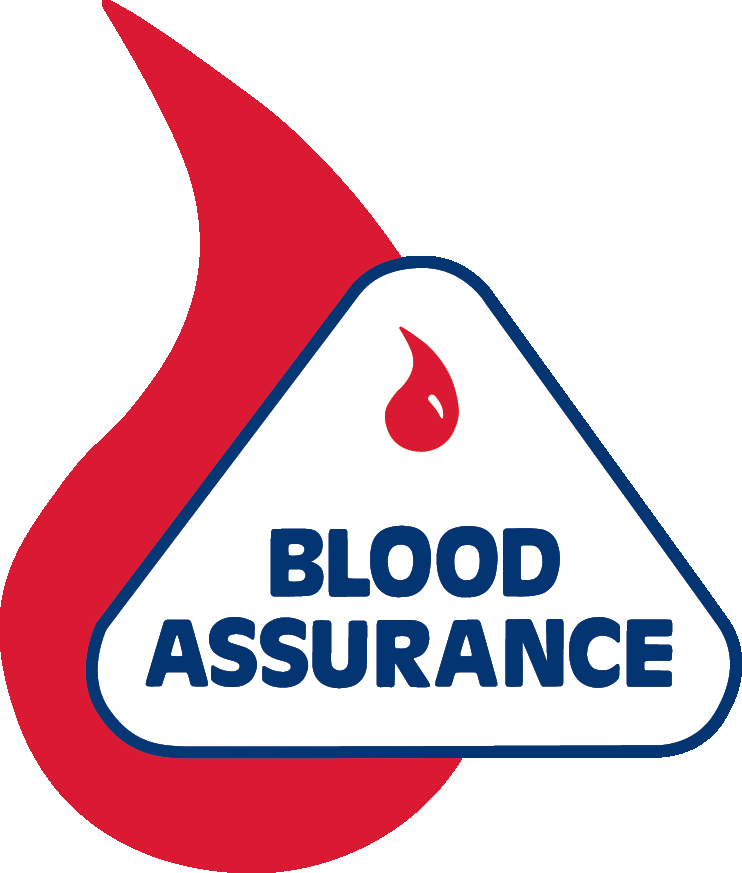Boost Your Iron Levels and Get Back to Donating!
One of the most common reasons donors are temporarily deferred is low iron. It can be frustrating to be turned away when you’re ready to give, but the good news is that this is usually an easy fix. With a few small changes to your diet, you can increase your iron levels and return to donate as soon as 1 to 2 weeks later.
Why Iron Matters for Blood Donation
Iron helps your body make hemoglobin, the part of your red blood cells that carries oxygen. When you donate blood, especially whole blood or red cells, your body loses some iron. Before every donation, we check your hemoglobin level to make sure it is high enough to give safely. If your level is too low, it means your body needs more time to rebuild those iron stores.
How to Increase Your Iron Naturally
If your iron was too low to donate, here are a three ways to help your body get back on track!
Eating the right foods is the best way to raise your iron levels. The examples below are full of Iron:
· Beef or pork
· Chicken or turkey, especially the darker meat
· Fish like tuna, salmon, or shrimp
· Leafy green vegetables like spinach
· Peanut butter or baked beans
Add vitamin C to help absorb iron
Vitamin C helps your body absorb iron more easily. Include foods like oranges, strawberries, bell peppers, or tomatoes with your meals to make the most of the iron you eat.
Avoid drinking tea or coffee with meals
Drinks like tea and coffee can make it harder for your body to absorb iron from food. To give your iron level a better chance to rise, try skipping them the day before and the day you plan to donate.
When to Try Again
Most donors who are deferred for low hemoglobin can return to donate in just 1 to 2 weeks after making changes to improve their iron. We encourage you to try again after giving your body time to recover. Every unit of blood counts, and we are grateful for your commitment to saving lives.
